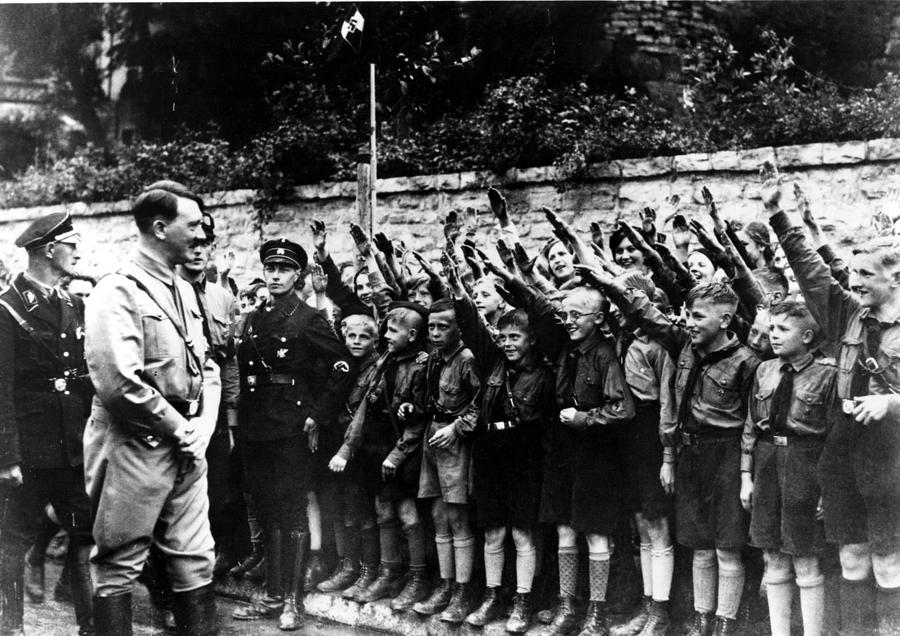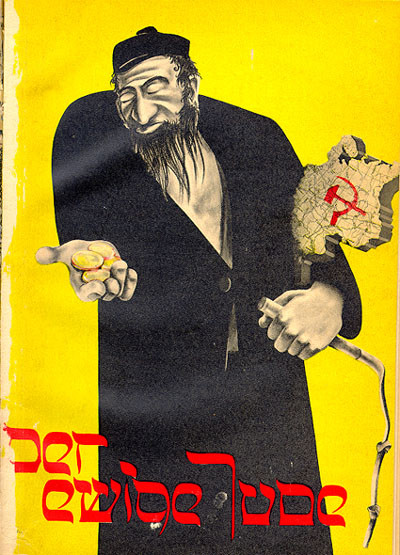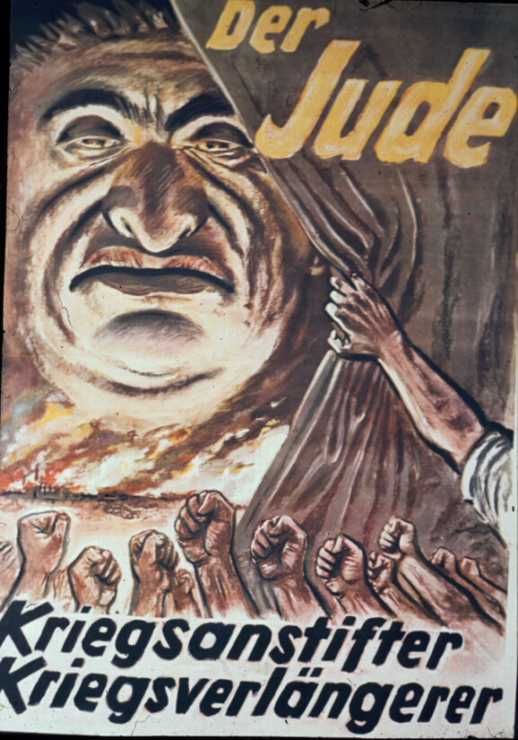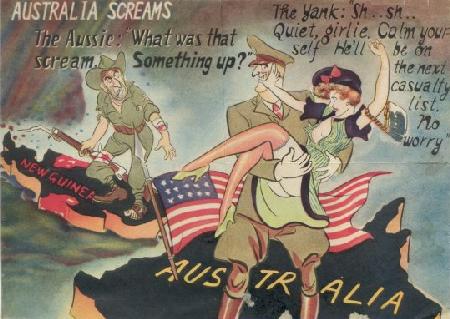Germany lost a lot from the Treaty of Versailles at the end of the first world war. From the late 1920s to the early 30s there was a hyper inflation in Germany. The Germans printed more money, however this made it's value even less substantial.
Hitler promised strength and power back to the German population. He come up with a four year plan to return Germany's stability which was successful. Giving the people what he promised made them trust him and vote for the Nazi political party. Then the real intentions of the Nazis were revealed, but it was too late for them to be voted out of power.
Design brought a corporate identity to the Nazi party. Their symbolism was an instant identifiable message. The 1936 Olympic games in Berlin was linked to the Nazis and Roman imagery, relating the Third Reich to the great Roman empire.


The Cult of the Celebrity - Actors' image was borrowed by Nazi propaganda
Traudl Junge - Questioning loyalty to Hitler
The Hitler Youth indoctrinated young German people. The children were brainwashed by Nazi propaganda from an early age. Hitler believed that repeating lies would make people begin to believe them.

The Jewish people were presented as stereotypes, with exaggerated large hooked noses and often shown to be greedy. Jews were treated as inferiors in society. Nazi propaganda focused on racial superiority.


The British government didn't want to immediately go to war with Germany; Britain needed to gain strength in its military first. The propaganda in Britain was used to convince people that Britain was strong and powerful enough to oppose the German army. There was a sense of patriotism in the propaganda and it rallied people to fight against a common enemy. The colonies of the British empire were often presented together as one.
.jpg)
V for Victory clothing designs
There was also British propaganda that warned people about illness and disease. Britain couldn't afford to lose people to disease or injury. There was a make do and mend attitude, and people were told to make food and supplies last.

Japan needed supplies such as oil. The Japanese negotiated with America but later attacked Pearl Harbour. Japanese propaganda during the war was psychological attacks on the Americans. They aimed to turn the allies against each other.

The westernized Japanese society started to become more patriotic and focused on Japanese culture again.
Koi and Soldiers Kimono 1930s
No comments:
Post a Comment